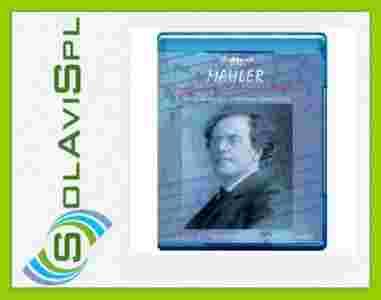Mahler completed what would become the first movement of the symphony in 1888 as a single-movement symphonic poem called Totenfeier (Death Celebration). Some sketches for the second movement also date from that year. Mahler wavered five years on whether to make Totenfeier the opening movement of a symphony. In 1893, he composed the second and third movements. The finale was the problem. While thoroughly aware he was inviting comparison with Beethoven, Mahler knew he wanted a vocal final movement. Finding the right text for this movement proved long and perplexing. When Mahler took up his appointment at the Hamburg Opera in 1891, he found the other important conductor there to be Hans von Blow, who was in charge of the city's symphony concerts. Blow, not known for his generosity, was impressed by Mahler. His support was not diminished by his failure to like or understand Totenfeier when Mahler played it for him on the piano. Blow told Mahler that Totenfeier made Tristan und Isolde sound to him like a Haydn symphony. As Blow's health worsened, Mahler substituted for him. His death in 1894 greatly affected Mahler. At the funeral, Mahler heard a setting of Friedrich Gottlieb Klopstock's Die Auferstehung (The Resurrection). It struck me like lightning, this thing, he wrote to conductor Anton Seidl, and everything was revealed to me clear and plain. Mahler used the first two verses of Klopstock's hymn, then added verses of his own that dealt more explicitly on redemption and resurrection. He finished the finale and revised the orchestration of the first movement in 1894, then inserted the song Urlicht (Primal Light) as the penultimate movement. This song was probably written in 1892 or 1893. Mahler devised a narrative programme for the work, which he told to a number of friends. In this programme, the first movement represents a funeral and asks questions such as Is there life after death? ; the second movement is a remembrance of happy times in the life of the deceased; the third movement represents a view of life as meaningless activity; the fourth movement is a wish for release from life without meaning; and the fifth movement, after a return of the doubts of the third movement and the questions of the first, ends with a fervent hope for everlasting, transcendent renewal, a theme that Mahler would ultimately transfigure into the music of his sublime Das Lied von der Erde. The symphony immediately invites comparison with Ludwig van Beethoven's Symphony No. 9. Both use a chorus as the centerpiece of a much longer final movement, which begins with references to the earlier movements. Oleg Caetani has hewn to the more difficult but rewarding path to artistic maturity, conducting second-tier orchestras such as the SDR of Stuttgart, the Yomiuri Orchestra of Tokyo, the Bamberg Symphony and of course, the Robert Schumann Philharmonic of Chemnitz, Germany, of which he has served as General Music Director since 1996. Leading such ensembles, nothing can be taken for granted: what the conductor says and does counts for everything.
Conductor - Oleg Caetani
Orchestra - Robert Schumann Philharmonic of Chemnitz, Germany.
Producer - Alexander Golberg Jero
Audio Presentation: 24bit / 96K 7.1 DTS-HD Master Audio
This prerecorded material contained from the following separate tracks: First 4 tracks contains the Front mics of the Orchestra. Another two tracks Contains a Premix from various spot-micros to be treated as integration to the Front row:
- 1 double bass
- harp
- 3 LCR for the whole wood / brass section
- 4 (+ 2) Choir
- 2 Soloists
All this has been prerecodred live via the Millenia Media Mixing suite (300kHz) to the WEISS converter at 96 kHz.
Zdjęcie poglądowe, okładki mogą się różnić.
AGBB0058P3RZC

